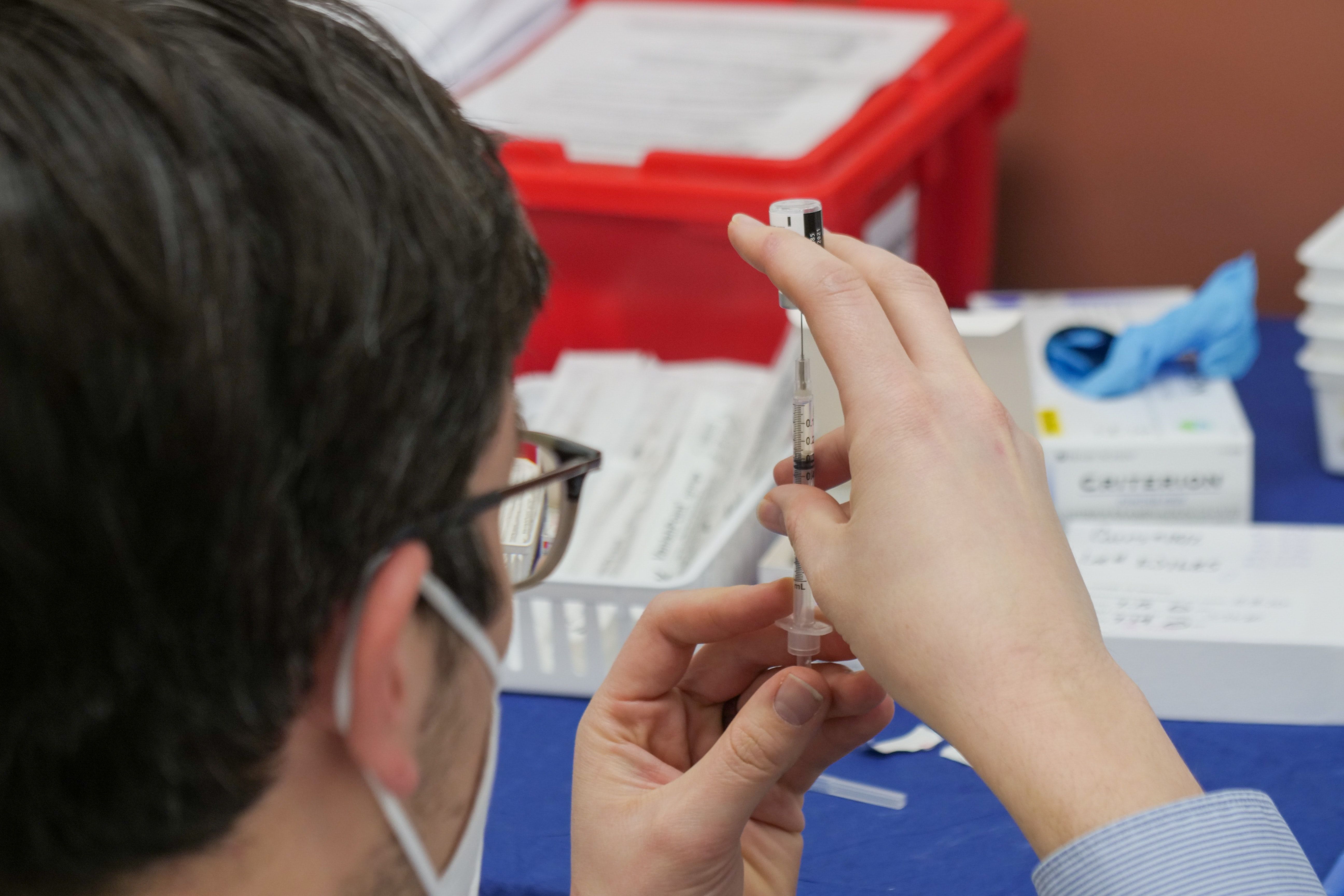Optimizing the COVID-19 Vaccine Rollout
Roughly half the US population is now eligible to get a COVID-19 vaccine, according to health guidelines, but supply cannot keep up with demand.

It’s been a little more than a month since the U.S. inoculated its first resident against the novel coronavirus. Roughly 22 million people have received at least 1 dose of COVID-19 vaccine since then, but that still leaves hundreds of millions unprotected. President Joseph Biden has vowed to improve the nation’s COVID-19 response, from pressing companies to manufacture vaccines more quickly to asking Congress for $20 billion to set up mass vaccination centers and enable community vaccination sites to serve more people with a greater degree of efficiency.
The Infectious Diseases Society of America (IDSA) recently hosted a press briefing offering insight into the current state of the vaccine rollout and what’s needed to jump start, streamline, and fine-tune it, starting with the immediate need for many more vaccines.
“We have to get some 600 million doses into the arms of Americans to control this pandemic,” said Andrew Pavia, MD, FIDSA, chief of the Division of Pediatric Infectious Diseases at the University of Utah School of Medicine in Salt Lake City and an an IDSA fellow, referring to the fact that the 2 vaccines available in the US, from Moderna and Pfizer, require 2 doses each. “We’ve known for many months that this was going to be an enormous undertaking. Unfortunately, the rollout has not gone smoothly. Some of that was to be anticipated but a lot of that came from a lack of planning and resources for the distribution phase that we’re now in.”
At the same time the country is facing a dearth of vaccines, many states have expanded the pool of people eligible to get it, encouraging people 65 and older (down from 75) or who have a number of underlying conditions to sign up. According to Pavia, because high-risk conditions include common ones such as obesity and diabetes, the number of people who fall into the current eligibility category is about 180 million, or roughly half of the population.
Pavia expects that perhaps 40 million Americans will have received at least 1 dose of the vaccine by the end of January. “We’re concerned about the mismatch between the number of people who are being told they’re eligible and the amount of vaccine that’s being distributed and the resources to get that vaccine into people,” he said. “We need to be really honest with the American people about when [they] are going to get vaccinated.”
Compounding the lack of vaccines is concern over vulnerable individuals not being prioritized for inoculation. According to Julie Vaishampayan, MD, MPH, FIDSA, an IDSA fellow, chair of IDSA’s Public Health Committee, and the Stanislaus County (California) Public Health Officer, the abrupt shift that allowed a large swath of the population to be vaccinated has impacted her department’s ability to reach the people most in need of the vaccine.
“The people that are going to come and, sadly, stand in long lines [are] going to be those in general who have more resources,” she said. “They’re going to be healthier and able to stand in line, they’ll probably have better mobility, they’ll have Internet access, and so we need to really double down on our work to try to reach those who don’t have all those resources. We know that we’re missing a significant portion of people who are very much at risk, and that’s where our planning process really comes in.”
To reach these at-risk residents, Vaishampayan’s department deploys strategic messaging and is partnering with community- and faith-based organizations to connect with older and lower-income people who may not speak English. Staff have been working 7 days a week since April, she said, because on top of the vaccine rollout are the demands of running testing sites, case investigation, contract tracing, outbreak detection, implementing measures to stop outbreaks, working to keep schools and high-risk spots such as meat-processing plants open, and dealing with outbreaks of other illnesses such as tuberculosis and food-borne illnesses.
Up until now, many health departments have not had the funds to purchase efficient computer systems, upgrade their refrigeration and freezer systems to accommodate the storage requirements of the new vaccines, or hire more personnel. “Local health districts are well suited to be the final step of the process,” Pavia said. “What they really needed was to have appointment systems put in place in advance, to have resources given to them so they had the staff to do things at a larger scale.” Although the lack of federal resources allocated to the COVID-19 vaccine rollout and distribution up until this point has hampered efforts to get enough people inoculated, both Pavia and Vaishampayan are hopeful the new administration’s efforts will be a game changer.
